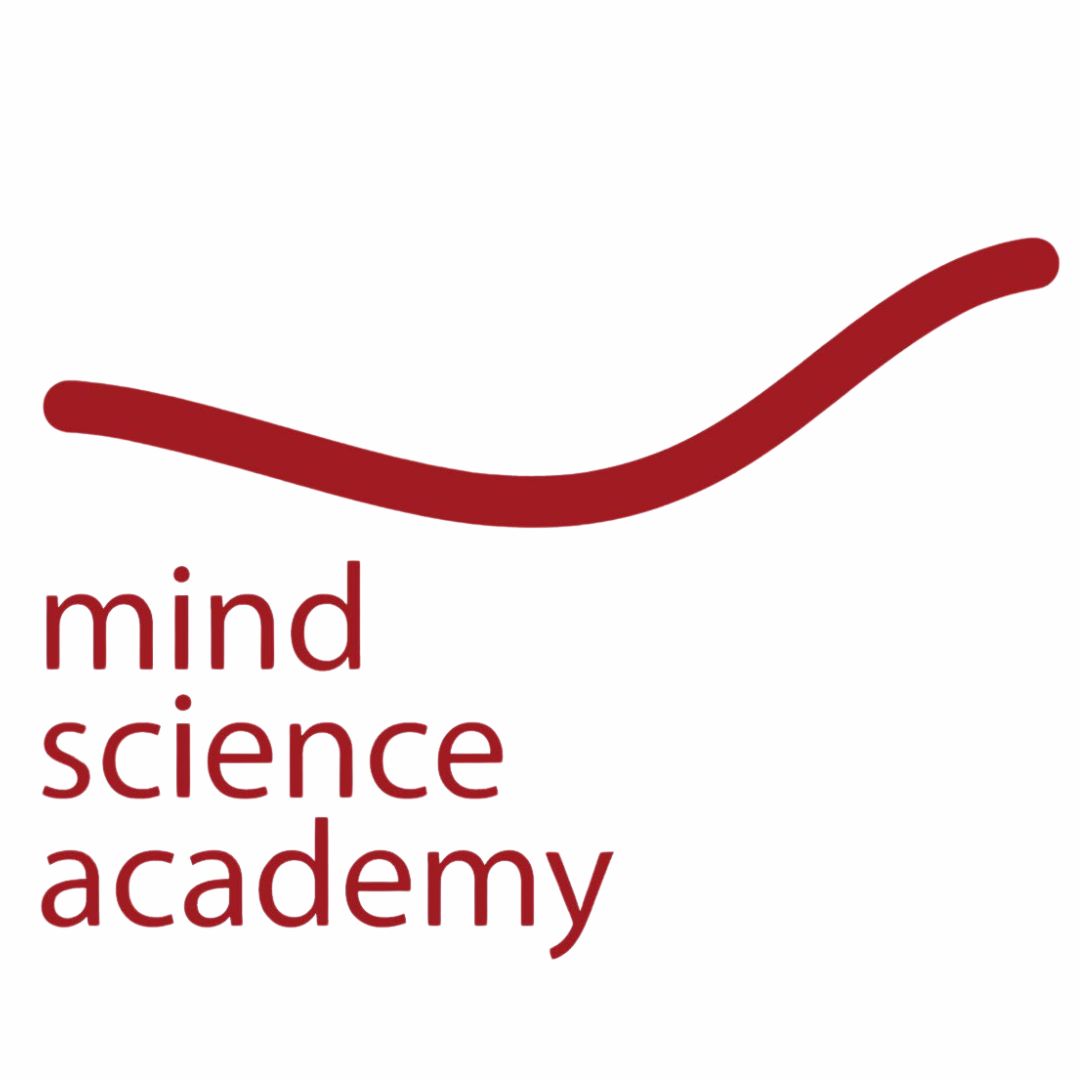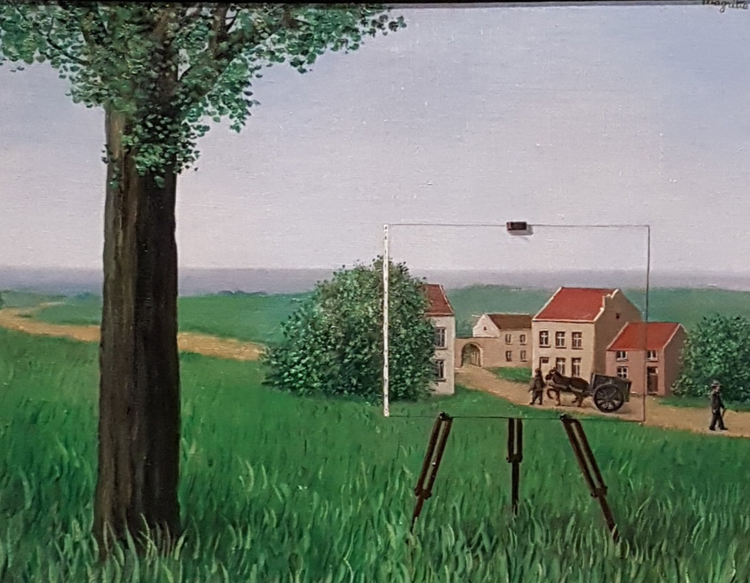by Carlo Carnevale
The idea of neurons unità operativa bioelettrica fondamentale del cervello è ormai da inquadrare in un contesto più ampio; la ricerca neurobiologica recente sta gradualmente ricollocando questa idea classica della neurologia in una prospettiva relazionale.
Il profilo bioelettrico del cervello è costruito su codificazioni di scala inferiore come le interazioni allosteriche tra proteine; meccanismi neurobiologici che causano la trasformazione delle proteine, mediante molecole effettrici con cui interagiscono.
Ecosystems consist of groups composed of organisms, in turn constituted by organs that aggregate tissues, consisting of active cells in biochemical networks capable of encoding information (Shannon, 1948) on multiple nested levels. Each subunit is complex and competent in its native context, and every higher unit resists reduction to the lower one.
We find flexible and adaptive behavior starting from the lowest levels. For example, single cells are composite agents that exhibit very rich behavioral patterns, which can be fragmented into further autonomous sub-units (some examples are cytoskeleton dynamics and various subsystems of protein networks).
Many of the activities already present at cellular level are observed in the physiological control of complex organisms; some notable examples are la differentiation, plasticity, programmed cell death, regeneration and "neural" mechanisms capable of coding information.
It has been studied how unicellular yeasts and bacteria possess the ability to compute and predict future events using structures inferred from previous experiences. Memory, or the ability to integrate space-time information and pursue specific scenarios through the implementation of various possible behaviors, is not exclusive to nervous systems and seems to have evolved earlier.
Grouping allows cells to share information and access a common integrated memory (as illustrated by the popular example of slime molds). This shared information structure extends to the edges of the collective, binding many competent sub-agent units in a unified coherent individual, whose constituent units –dolls of a matryoshka – all participate in a common goal-directedness.
These principles likely hold on different scales: from cells in tissues to groups of complex organisms such as bees and termites. In the cases of neoplastic phenomena and colonies of social insects, for example, the dynamics of coordination breakdown seem to show important overlaps.
Some authors go so far as to propose scale-free cognition, redefining the conceptual centrality of the margins between an individual organism and its sub-units. These margins, from a biological perspective, are malleable and can transit on different spatial and temporal scales; signalling dynamics between animals in an ecosystem are, at a fundamental level, essentially analogous to bioelectrical signalling in the brain – both are examples of information propagating in a network of locally competent micro-agents.
Michael Levin points out how these multiple levels of approach to living systems are "equally valid a priori, without the lower (molecular) levels, where everything appears as a mechanism, holding a unique privilege." (Levin, 2019)
Of course these capabilities, functional traits and cybernetic organizations are compatible with different theories of consciousness and none of this explicitly responds to the so-called hard problem; that is, in essence, how specific functional characteristics give rise to personal experience. However, given that some nervous systems seem connected to this type of experience and that the differences between neural and non-neural networks (other than the time scale) appear to be minimal, it might perhaps be natural to imagine what it feels like to be an organ or a cell and make “choices” oriented towards homeostasis.
Moreover, the bioelectrical profile of diabetes has already been modelled as a cognitive disorder.
Moreover, the bioelectrical profile of diabetes has already been modelled as a cognitive disorder.
In conclusion to the article, Levin observes what he calls "an intersection" between the computational model of the boundaries of the individual he proposes and certain "Eastern visions of consciousness". Referring to Zen Buddhism, Levin notes:
“It is not clear to me that it is beneficial (or even possible) to live in the present and let go of memories of the past and expectations of the future, but anyone who is successful in doing so would achieve exactly what Zen promises: the dissolution of the self.
According to the proposed model, Zen ideas about the suppression of desire (goal-directed activity, preference for a specific state of affairs) are correct in that this (the suppression of desire) would lead to a dissolution of the self.” (Levin, 2019, translated by the author)
Sources & Further Readings:
J. R. Gregg, 1959, “On Deciding Whether Protistans are Cells”.
M. Levin, 2019, “The Computational Boundary of a “Self”: Developmental Bioelectricity Drives Multicellularity and Scale-Free Cognition”.
D. Vogel; A. Dussutour, 2016, “Direct transfer of learned behavior via cell fusion in non-neural organisms”.
J. Smythies, 2015, “On the possible role of protein vibrations in information processing in the brain: three Russian dolls”.



